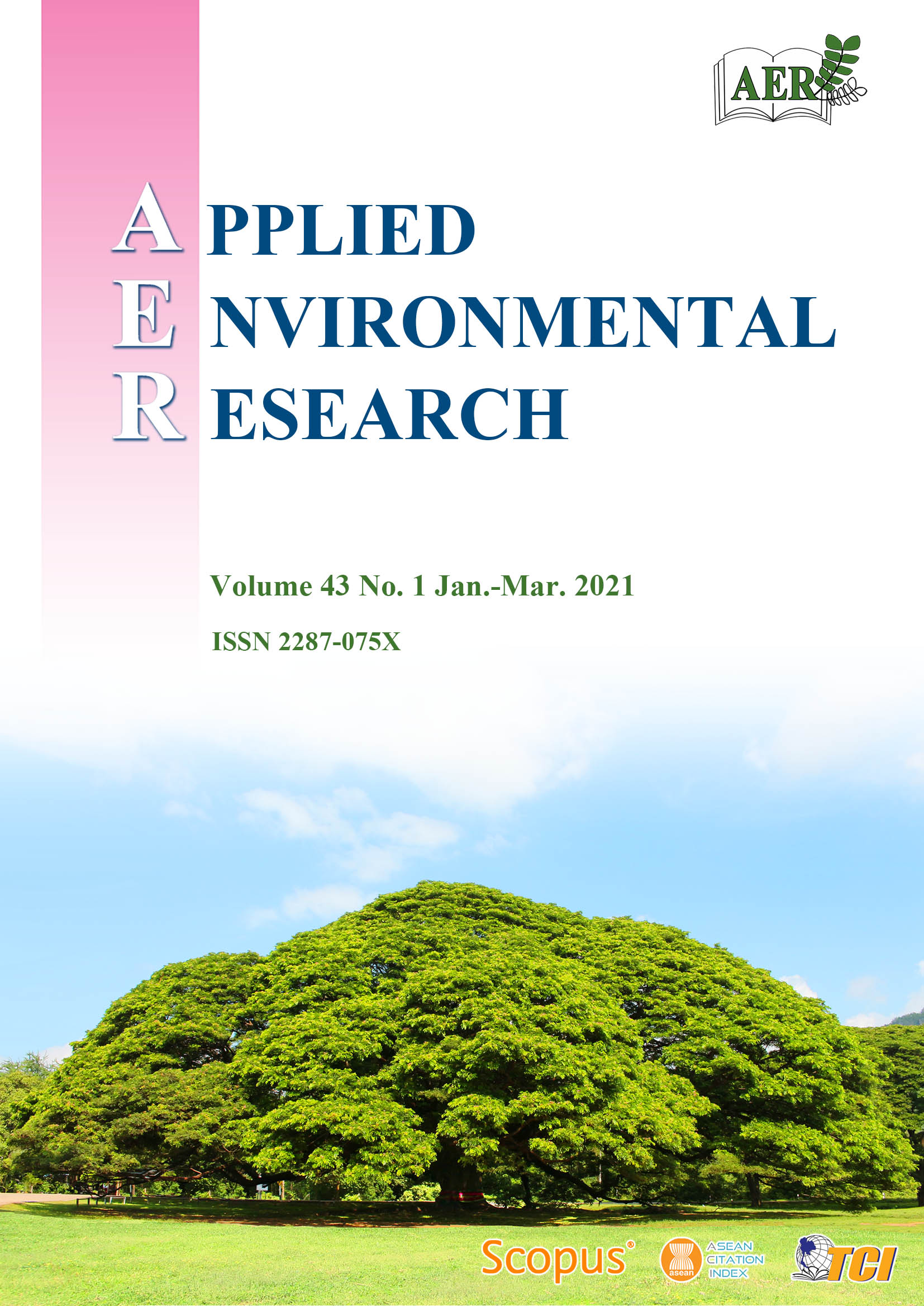Case Study of Modular Pre-cast Concrete On-Site Stormwater Detention System during Monsoon Season in Southeast Asia
Main Article Content
Abstract
On-site stormwater detention system within a residential property is meant for an environmental protection device that temporarily stores stormwater within the property lot to mitigate flash flood, particularly during rainy seasons brought by the northeast monsoon. A field test was constructed in a house’s car porch with a 4.40 m x 4.70 m x 0.45 m tank filled with precast-concrete modular units with an effective storage volume of 3.97 m3. The system received water from a 95 m2 house roof via 0.1 m diameter pipe, discharged water via 0.05 m diameter pipe. It had recorded six observed storm events coincided with the 2019/2020 monsoon season that consisted 20–50 mm peak hourly rainfall, 0.0007–0.0018 m3 s-1 inflow, 0.0005–0.0012 m3 s-1 outflow and 0.21–0.47 m water level. Another four historical storm events coincided with the monsoon from 2015–2017 were sourced to augment the analysis. A computer model developed using the storm water management model was calibrated and verified using the six observed events. The Kolmogorov-Smirnov goodness of fit tests between the observed and modelled cumulative distributions had produced 0.01–0.14 maximum vertical distances that were lower than the 0.41–0.68 critical values indicating close matches. As such, the calibrated and verified model was used to simulate the historical storm events with 40–50 mm peak hourly rainfall and produced 0.0010–0.0013 m3 s-1 inflow, 0.00072–0.00076 m3 s-1 outflow and 0.41–0.45 m water level. By combining the field test and computer simulation model, it was found the system was able to contain all stormwaters from northeast monsoon. However, it had a weakness which the system was approaching its maximum capacity once the peak hourly rainfall exceeded 45 mm. With such a procedure in place, improvement could be carried out.
Article Details

This work is licensed under a Creative Commons Attribution-NonCommercial 4.0 International License.
Published articles are under the copyright of the Applied Environmental Research effective when the article is accepted for publication thus granting Applied Environmental Research all rights for the work so that both parties may be protected from the consequences of unauthorized use. Partially or totally publication of an article elsewhere is possible only after the consent from the editors.

